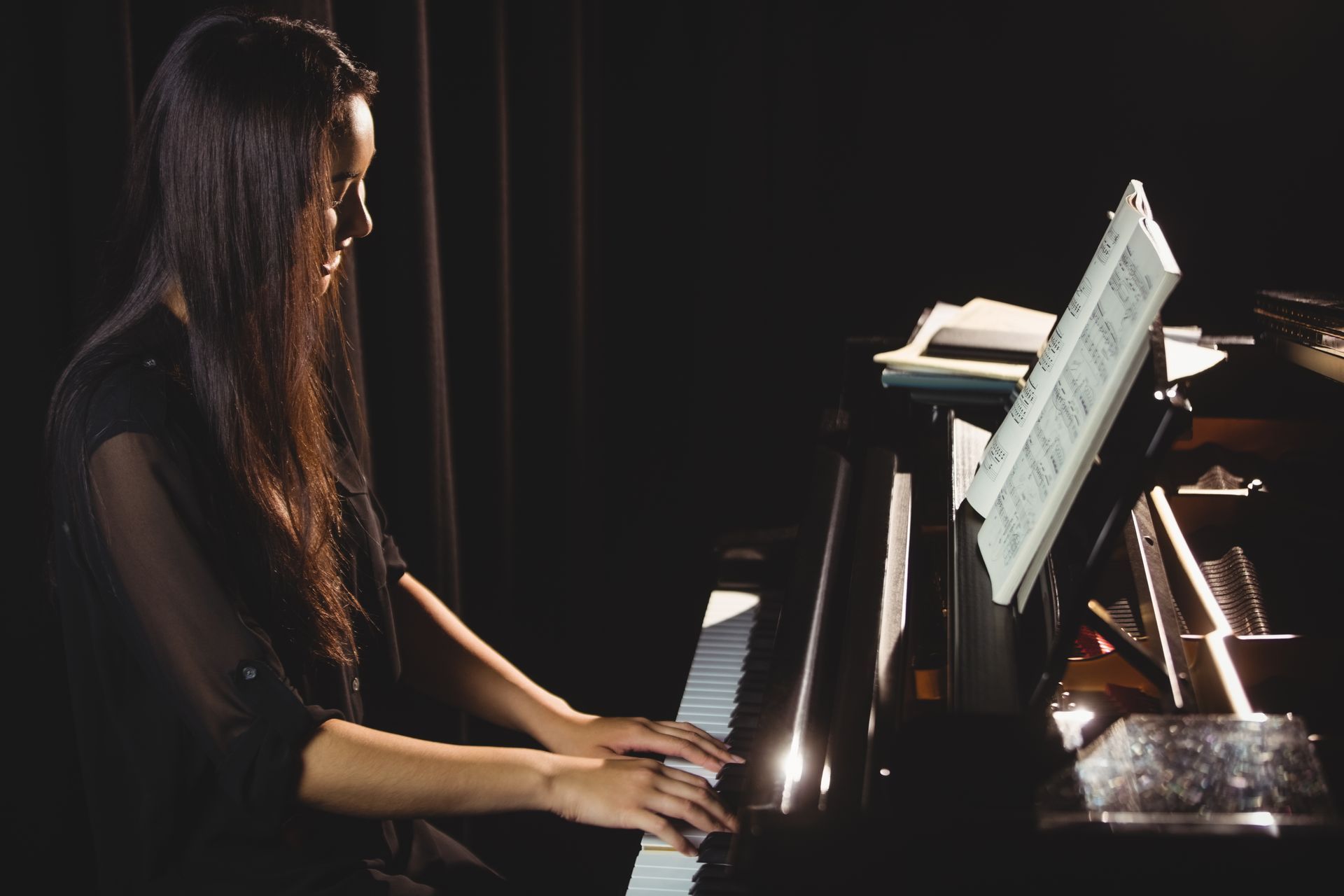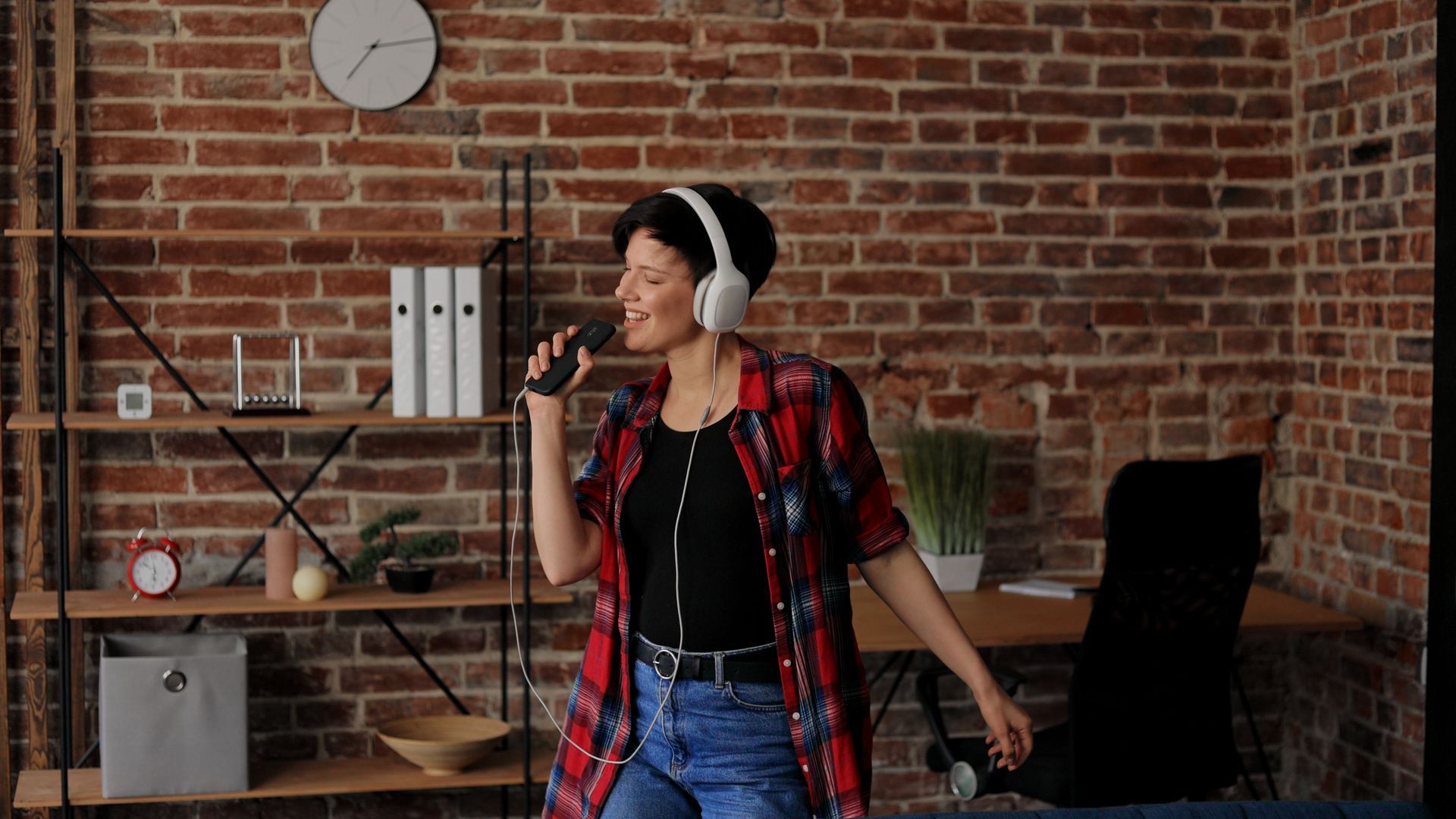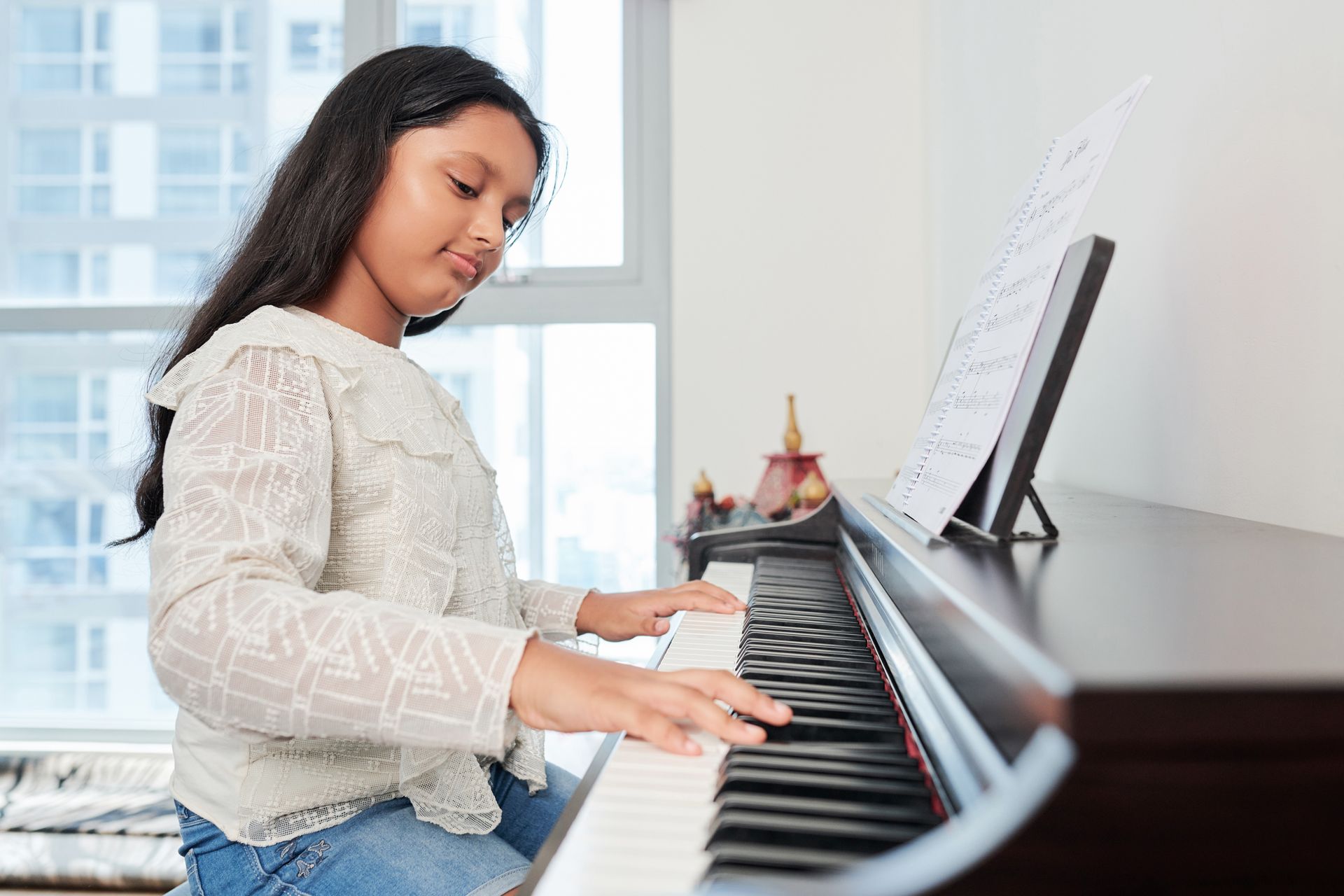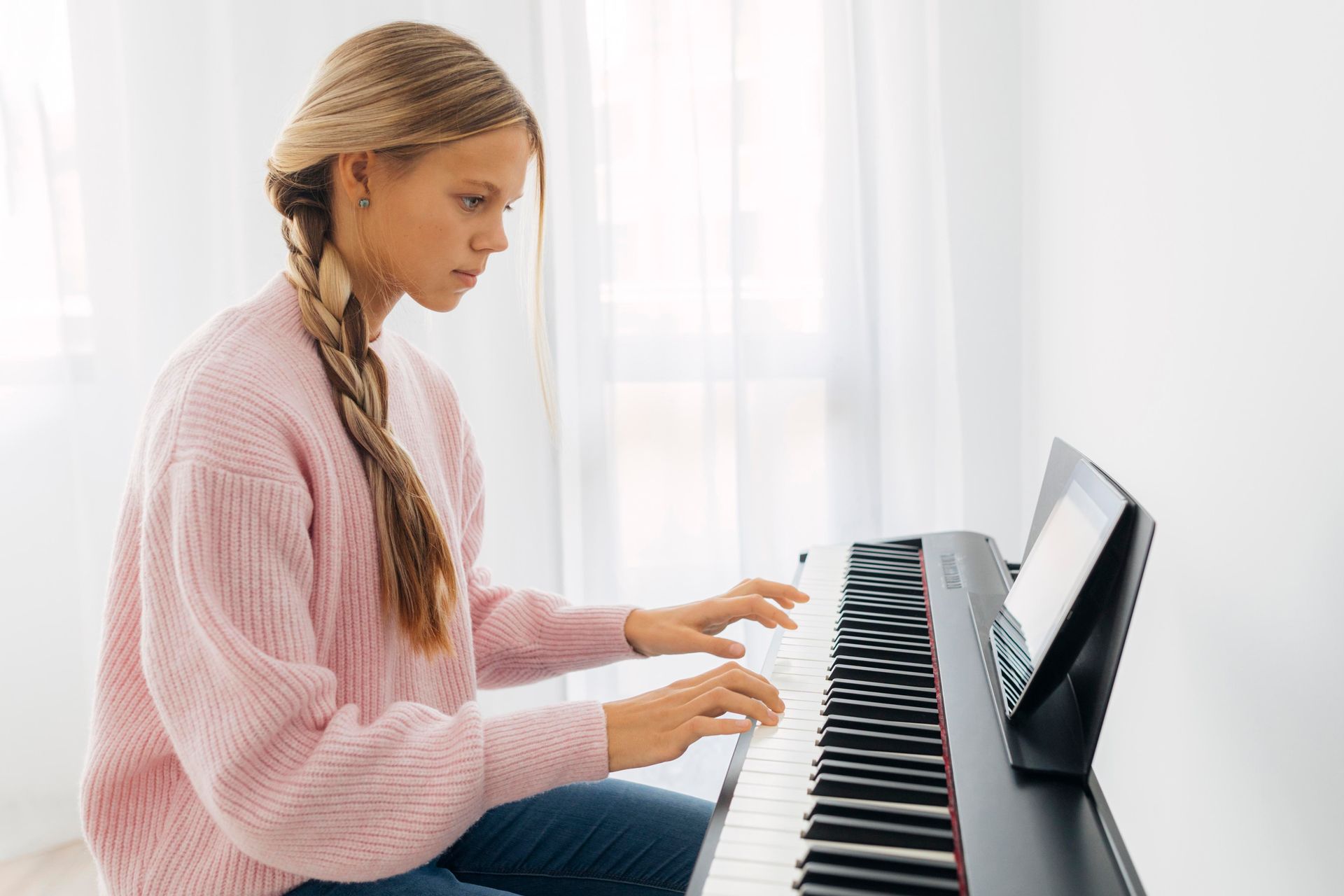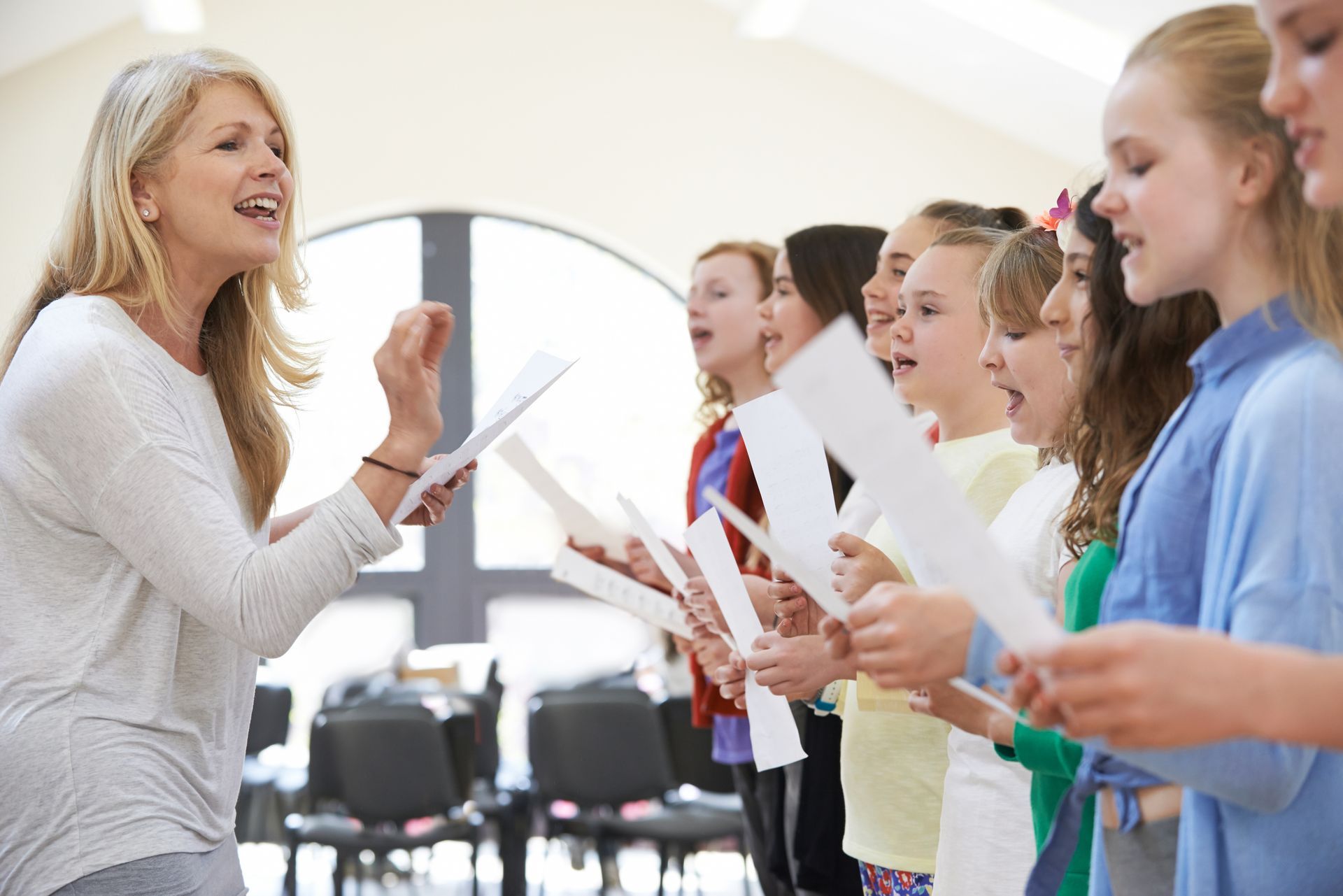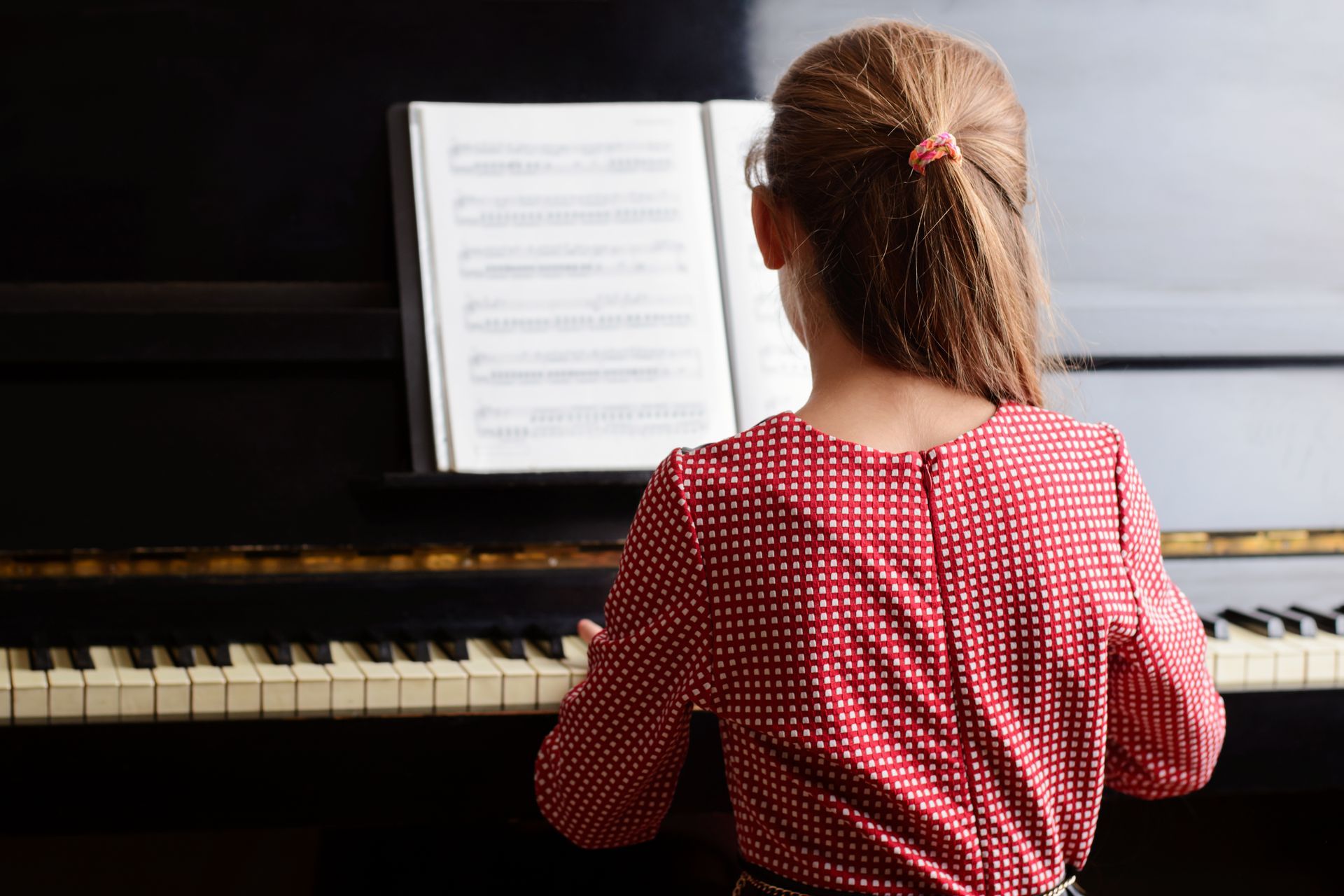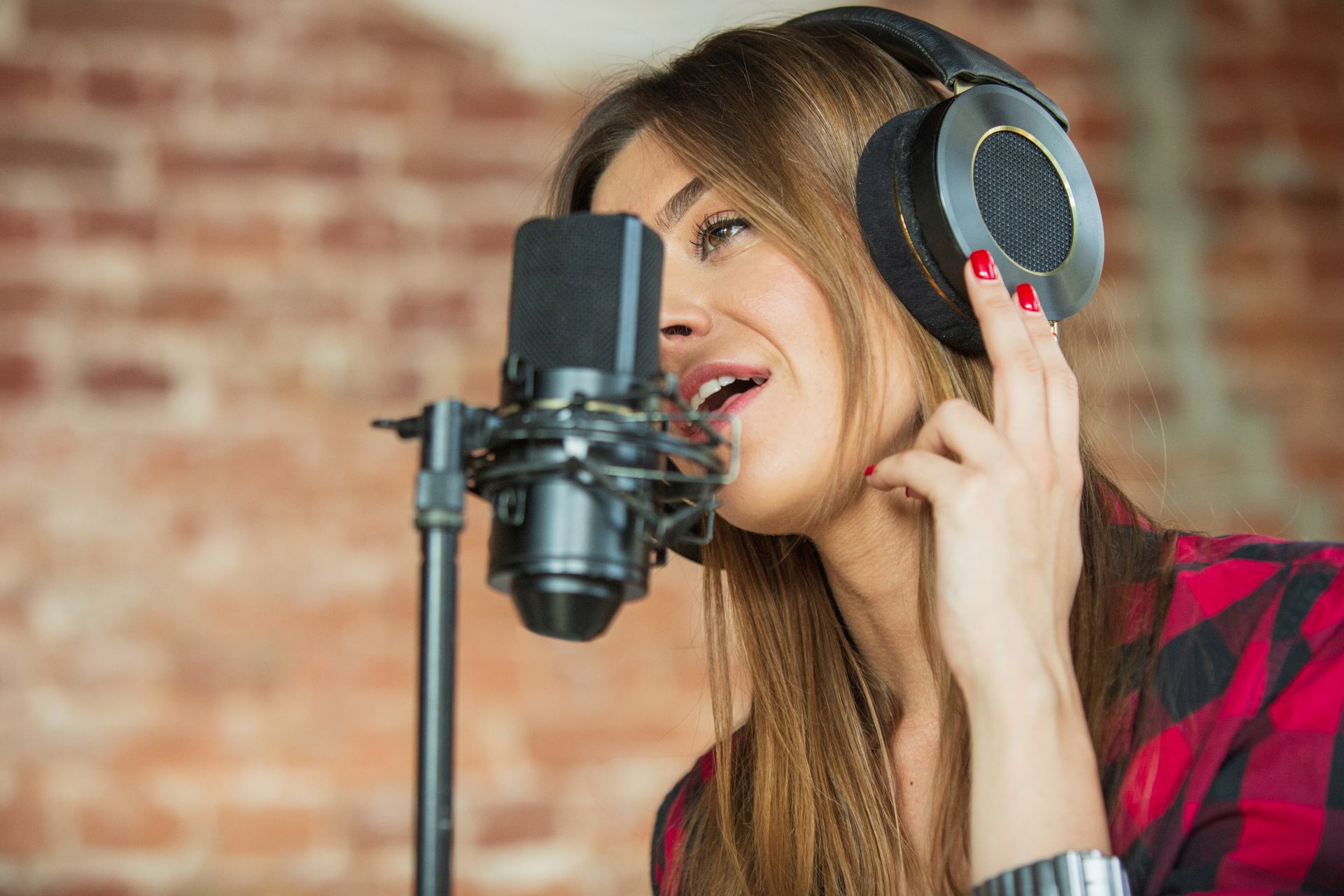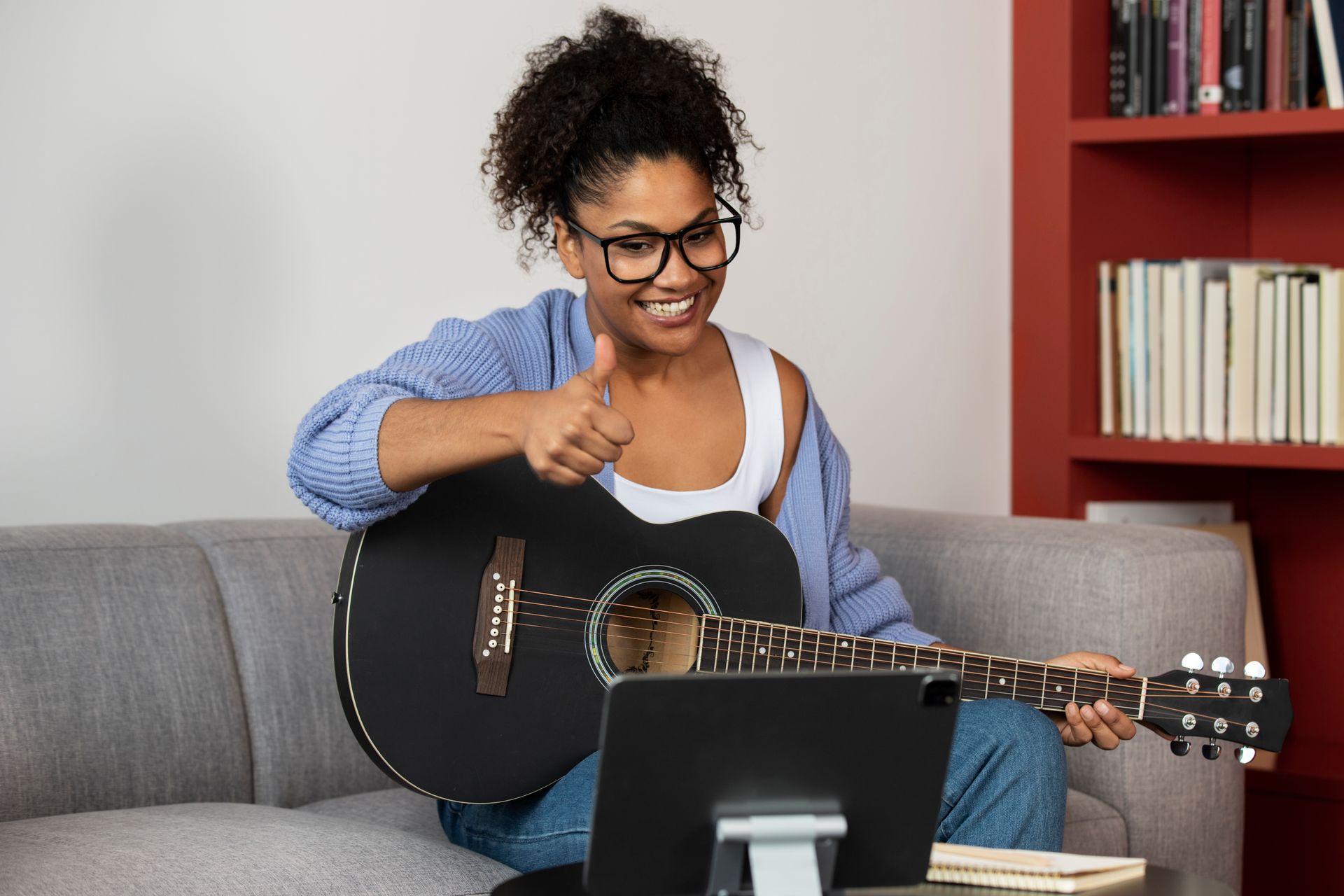Mastering Piano Basics: A Beginner's Guide to Piano Lessons
Kickstarting Your Musical Journey with Piano
Piano lessons are the perfect entry point into the world of music, whether you're young or old, a novice or skilled. The piano is a versatile instrument that provides the ideal foundation for understanding music theory and cultivating a lifelong love for music. However, mastering the basics is crucial to progress. This blog will help you navigate the beginning of your piano journey at Tribeca Music Studio.
Understanding the Piano Anatomy
Before you start creating beautiful melodies, it is essential to familiarize yourself with the piano's anatomy. A standard piano has 88 keys, a mix of both black and white. The white keys represent seven musical notes (A to G), while the five black keys represent the sharps and flats. Visualizing and memorizing the keyboard layout will allow you to understand note locations, contributing to your musical success later on.
Learning to Read Sheet Music
To play the piano, you need to learn how to read sheet music, which is like a map guiding you through the song. Sheet music consists of a series of lines and spaces known as the staff. Each line and space represents a different musical note. It may seem complicated at first, but with time and practice, it becomes second nature.
Correct Playing Posture
Your posture plays a crucial role in your piano playing. Sit upright with your back straight . Position your arms so theupper arm and the forearm can form approximately a 90 degrees angle and place your fingertips curves on the keys. Keeping your wrists flexible will help you move smoothly across the keyboard. Good posture not only prevents strain and injuries but also facilitates better performance.
Finger Placement and Hand Positioning
Remember, your fingers are numbered from one to five, starting from the thumb. Proper finger placement refers to using the correct finger to press each key. It helps you play faster and more fluidly. Proper hand positioning involves ensuring your hand forms a relaxed "C" shape over the keys. Your fingers should be slightly curved and rest lightly on the keys, ready to play.
Learning Basic Piano Techniques
Basic piano techniques include mastering scales, chords, and arpeggios, which are the building blocks of most songs. They help you understand key signatures, develop finger dexterity, and improve timing and rhythm. The beauty of these basic techniques lies in their simplicity and the musical foundation they provide.
Monitoring Your Progress
It's important to stay motivated and patient throughout your learning journey. Progress might seem slow initially, but remember, every little bit counts. Regular practice, periodic self-assessment, and continued learning will keep you on the right track, ensuring consistent growth.
Embarking on Your Piano Journey with Tribeca Music Studio
Tribeca Music Studio, with its team of award-winning instructors, offers tailored piano lessons to suit everyone's needs. Our professionals will guide you through the basics, providing you with advanced techniques, and everything in between. Tribeca Music Studio believes in cultivating a deep understanding and appreciation for the piano.
Our piano lessons can boost your music-reading abilities, improve your confidence, and increase your overall music comprehension. Our lessons are not only beneficial for your musical development; they also stimulate intellectual, cultural, and emotional growth.
Whether you are based in the five boroughs of New York City, New Jersey, Long Island, or prefer online lessons, our doors are always open.
Start your piano journey now and watch as your musical world unfolds. If you're ready to master the piano basics and beyond, connect with us today and let the music begin!

